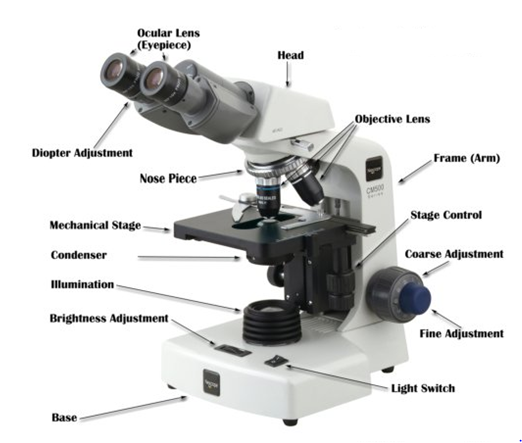
TOPIC 1: INTRODUCTION TO BIOLOGY
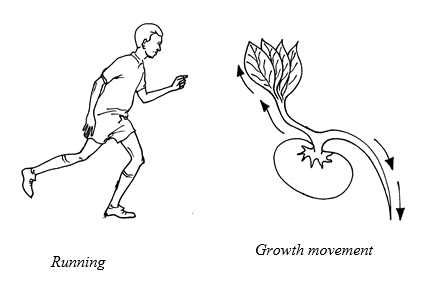
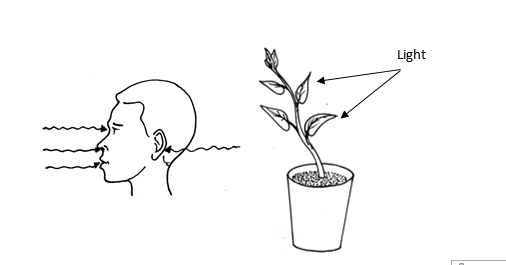
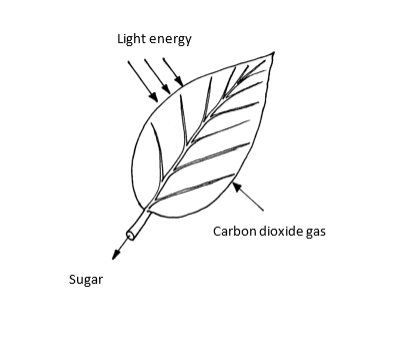

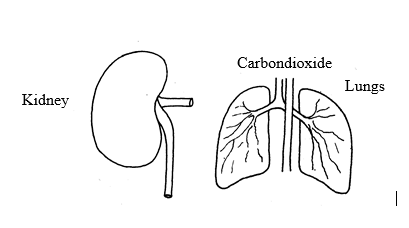

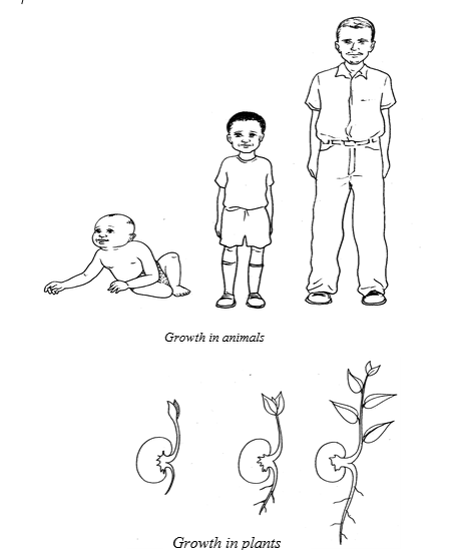
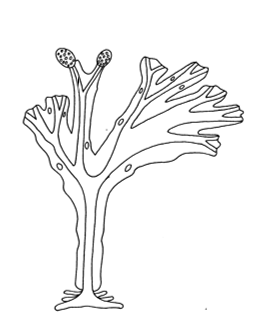
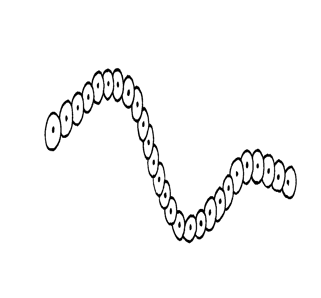
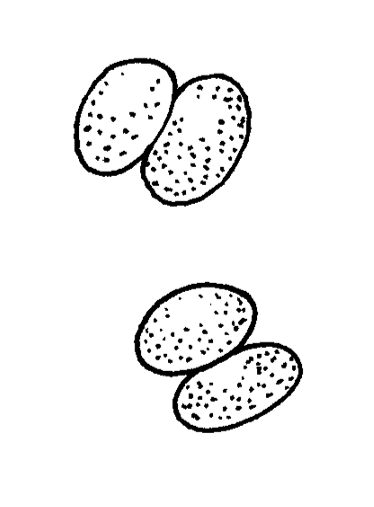
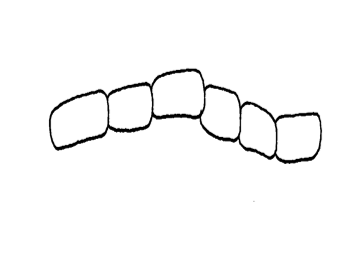
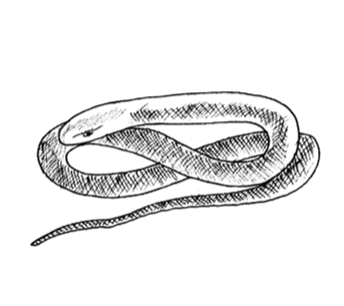
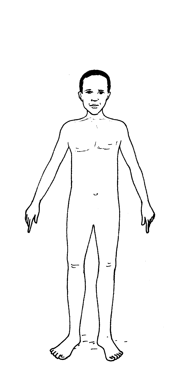
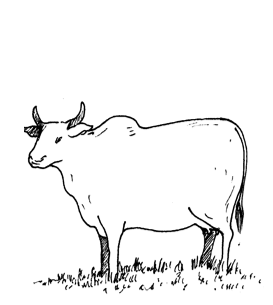

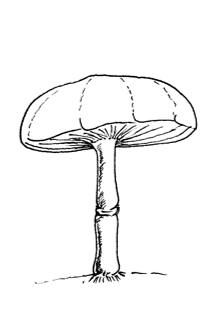
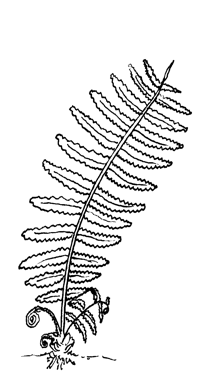
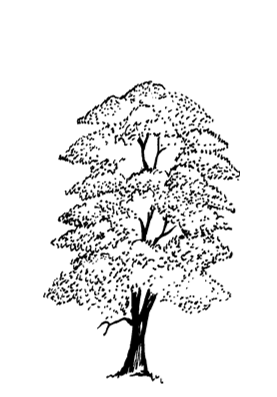
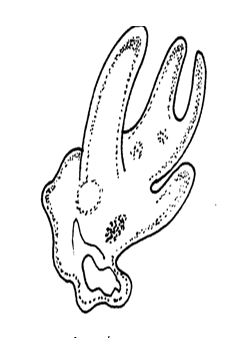

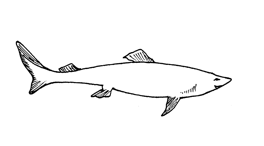
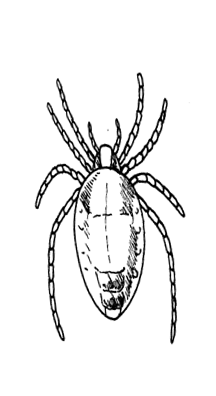
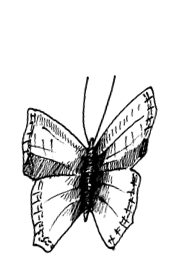
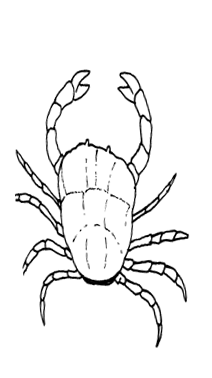


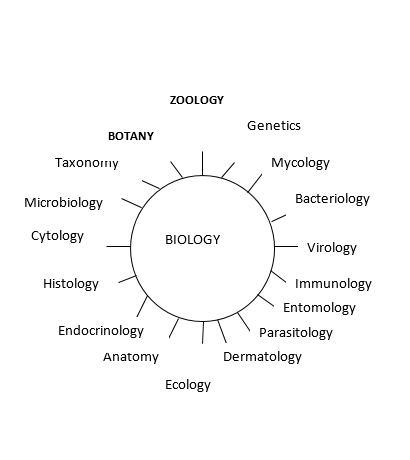
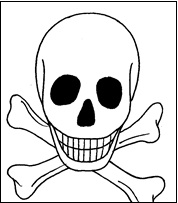
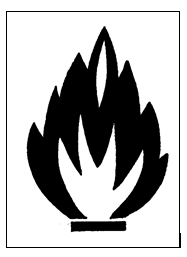
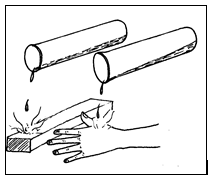
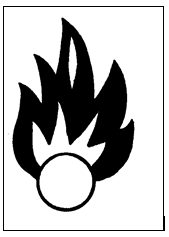
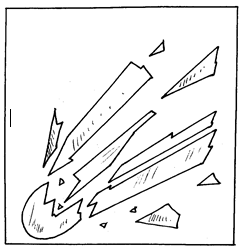
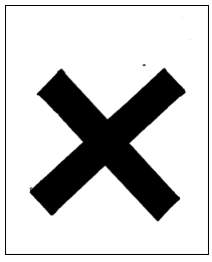
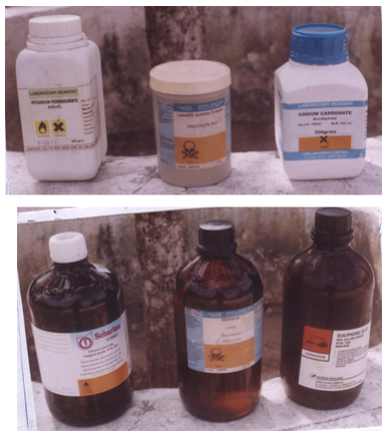


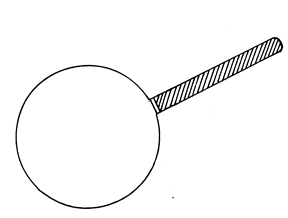
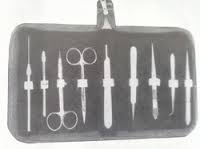
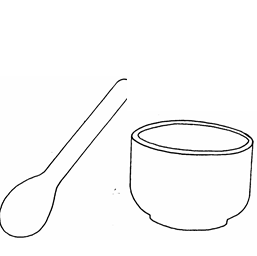
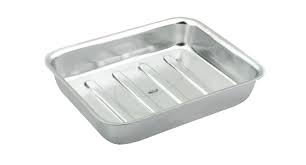
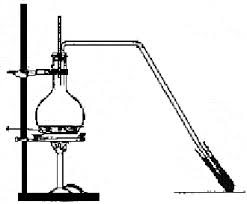
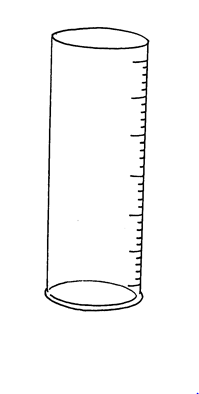
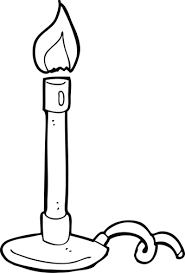
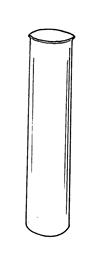
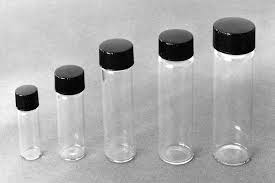
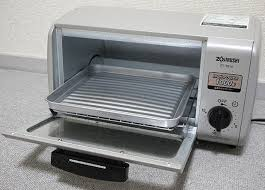
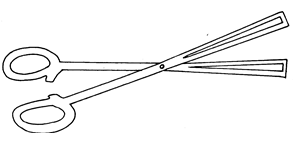
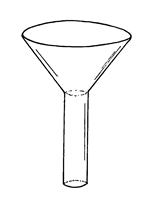
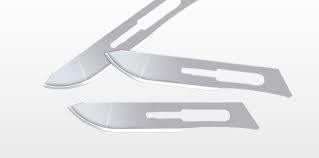

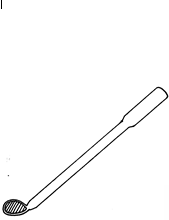
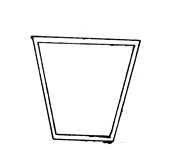





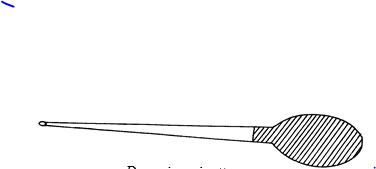
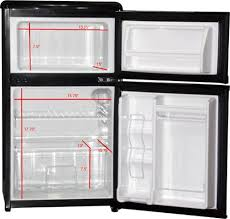
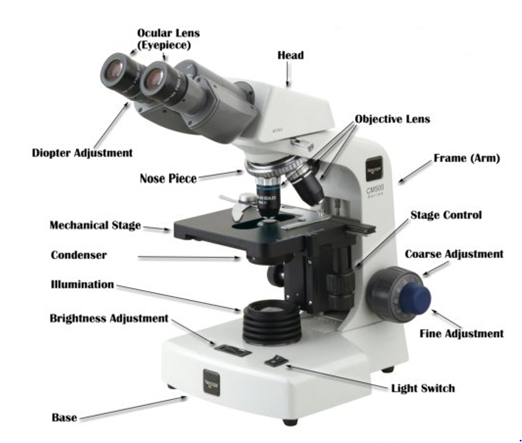
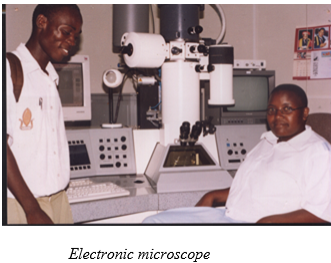
Biology is the science that deals with the study of living things. The word Biology is derived from two Greek words, Bios which means Life, and logos which means study of. Thus biology is a study of life and living organisms.
Basic Concepts and Terminologies of Biology
Biology
Biology is derived from two Greek words, that is, bios which means life and logos or logia which means study or knowledge.
So biology can be defined as a branch of science which deals with the study of life. The term biology can also be defined as a branch of science which deals with the study of living things or organisms.
Biologist
A person specialized in the study of biology
Life
Life means being alive or existing. Something is alive or existing if it possesses life processes. The life processes are growth, movement or locomotion, respiration, excretion, reproduction, sensitivity and nutrition.
Organism
Organism is anything which has life. It is the other name of a living thing.Organisms are made up of cells.
Cell
A cell is a basic unit of living things. The cell has three main parts, cell membrane, cytoplasmand nucleus. Cells which make up plants are called plant cells and those which make up animals are called animal cells.
Some organisms are made up of one cell. They are called unicellular or single-celled organisms e.g. amoeba, euglena and yeast. Some organisms are made up of many cells, they are called multi cellular organisms e.g. animals, plants, and most fungi.
The Characteristics of Living Things
Outline the characteristics of living things
Movement/locomotion
All living organisms are capable of movement. Movement is the change of position of the whole organism or just part of an organism. For animals and unicellular organisms the movement is of the whole body. This is known as locomotion. Most animals move about using legs, wings or fins. Unicellular organisms such as amoeba, paramecium and euglena use the locomotory structures pseudopodia, cilia and flagella respectively.
In plants only part of it may move towards different factors such as light, water, gravity etc. They move by growing. Their roots grow down in the soil and their shoots grow up into the air or towards a source of light.

Irritability (sensitivity)
Irritability is the ability of an organism to respond to a stimulus. Stimulus (plural; stimuli) is anything that causes a response in an organism.
Examples of stimuli include: an alarm clock, a smell of breakfast cooking and a fly landing on your skin.
All living things are sensitive to certain changes in their surroundings, that is, they are aware of what is happening around them. This is possible because they have special organs known as sense organs by which they detect these changes.
Examples of sense organs include: eyes for vision (sight); skin for temperature, touch, pressure detection; tongue for tasting; nose for smelling; and ears for hearing and body balance.
Plants do not have sense organs but are still able to detect and respond to things like gravity, water and light.

Feeding (Nutrition)
All living things need food to provide energy for such activities such as growth, repair and health.
Animals get their food by eating other living things or food materials that were once living things. Herbivores (e.g. rabbits) eat plants, carnivores (e.g. lions) eat other animals, and omnivores (e.g. humans) eat animals and plants. Plants make their own food through the process called photosynthesis.
The process of taking in food, synthesizing it, digesting and oxidizing it to release energy or build the body is called nutrition.

Respiration
Respiration is the breaking down of food materials within cells to release energy.
Respiration usually involves the use of oxygen. All living things need energy for movement, growth and development, and functioning of body organs.

Excretion
All living things produce wastes such as carbon dioxide, water, urea, ammonia etc.. Some of these chemicals if left to accumulate in the cells would seriously poison the living organism hence they need to be removed. The process of removing metabolic waste products from the body of living organisms is called excretion.
Waste products are removed from the body by excretory organs such skin, kidneys, lungs and liver.

Reproduction
Reproduction is the process by which living things produce new individuals of their kind. All living things reproduce, to replace organisms lost by death. If a group of organisms does not reproduce fast enough to replace those which die, the group becomes extinct. Reproduction ensures continuation of life when parent generation dies.
Human beings bear babies; birds hatch chicks; and plants produce seedlings as new organisms, which eventually grow to mature organisms to replace those lost by deaths.

Growth
Growth is defined as an irreversible (permanent) increase in size and dry weight of an organism involving differentiation. All living things need food in order to grow and build up their bodies.
Animals grow until they reach certain adult size, but most plants can grow continuously throughout their lives.
Examples of growth in living things

Example 1
Examples of living things
Fucus (bladderwrack)

Streptococci

Diplococci

Streptobacilli

Grass snake

Man

Cow

Flagellate bacilli

Mushroom

Male fern

Oak

Amoeba

Fucus (bladderwrack)

Dog fish

Spider

Butterfly

Crab

Millipede

Frog

A table of differences between living things and non-living things
| Living things | Non-living things |
| They respire | Do not respire |
| They grow | Do not grow |
| They respond to stimuli | Do not respond to stimuli |
| They reproduce | Do not reproduce |
| They excrete | Do not excrete |
| They feed | Do not feed |
| They move | Do not move |
Branches of Biology
Biology is a subject and it has many branches. The main branches are botany and zoologyBotany is a branch of biology which deals with the study of plants. A person who studies botany is called a botanist Zoology is a branch of biology which deals with the study of animals. A person who studies zoology is called a Zoologist
Other branches of biology
Mycology: this is the study of fungi. A person who studies mycology is called a mycologist
Bacteriology: this is the study of bacteria. A person who studies bacteriology is called a bacteriologist.
Virology: this branch of biology deals with the study of viruses. A person who studies virology is called a virologist.
Immunology: is concerned with body defense against diseases and foreign substances. A person who studies immunology is called an immunologist.
Entomology: refers to the study of insects A person who studies entomology is called an entomologist.
Parasitology: this branch deals with study of parasites and their effects on living organisms. A person who studies parasitology is called a parasitologist.
Dermatology: It is concerned with medical study of skin and its diseases. A person who studies dermatology is called a dermatologist
Ecology: Is a branch of biology that deals with relationship among living things and between organisms and their surroundings. A person who studies ecology is called an ecologist
Anatomy: Is the study which deals with structure of living things. A person who studies anatomy is called anatomist
Diagram representing branches of Biology

Endocrinology: This is the study of structure of endocrine glands and the hormones associated by them. A person who studies endocrinology is called an endocrinologist.
Histology: Is the study of structure of tissues A person who studies histology is called an histologist
Cytology: Is the study of structure, composition and function of cells. A person who studies cytology is called a cytologist.
Microbiology: Is devoted to the study of organisms that can be seen only with a microscope e.g. bacteria, viruses, some fungi and some protoctists. A person who studies microbiology is called a microbiologist.
Taxonomy: Is the scientific classification of organisms. A person who studies taxonomy is called a taxonomist.
Genetics: Study of heredity and variation in organisms. A person who studies genetics is called geneticist.
The Importance of Studying Biology
Explain the importance of studying biology
The study of biology is very important to man.
The following is an outlines of why the study of biology is important:
- It helps us to understand ourselves better since we are living things.
- Skills and knowledge of biology can be applied to other scientific fields such as agriculture, forestry medicine, nutrition, pharmacy and veterinary science.
- It helps us to understand our environment better and principles of conserving it.
- Biology helps to answer some important questions such as, what do living things need, why do we resemble with a monkey, why do frogs lay many eggs but only few become adults?
- Knowledge of biology helps us to improve our health since causes, symptoms, transmission and treatment are of various diseases are studied in biology.
- Knowledge of biology helps us to avoid our selves from magical beliefs, superstitions and other traditional taboos.
- Knowledge of genetics helps us to clear some common doubts about certain inherited characteristics e.g. albinism, sickle cell anaemia, haemophilia, etc.
- Knowledge of the structure and chemical composition of the organisms enable us to acquire food, clothes and shelter from them.
Relationship between Biological Science with other Related Fields
Relate biological science with other related fields
Veterinary science (Veterinary medicine)
Veterinary medicine is the branch of medicine that deals with the diseases of animals. Doctors that treat animals are called Veterinarians. Veterinarians are trained to prevent, diagnose and treat illness in large and small animals. Their work is valuable because many animal diseases can be transmitted to human beings e.g. rabies, tuberculosis, tularemia (rabbit fever) anthrax etc. Basic knowledge of biology is required for successful study of veterinary science.
Agriculture
Agriculture is concerned with production of useful plants and animals through farming system. Agriculture provides us with almost all our food. It provides materials for clothing and shelter. It provides materials used for making many industrial products such as paints and medicines. Agriculture uses knowledge of biology to improve plant and animal breeding. Genetically modified organisms (GMOs) ensure better quality, early maturity and high yield products. Crop and animal diseases and pests can only be overcome by applying biological knowledge.
Forestry
A forest is a large area of land covered with trees. It is much more than just trees. It also includes smaller plants such as mosses, shrubs and wild flowers. Forestry is the science of managing forest resources for human benefit. The practice of forestry helps maintain an adequate supply of timber and management of such valuable forest resources such as water, wildlife, grazing areas and recreational areas.
Biology helps in improving the qualities of the trees through manipulating the genetic constitution of the particular plant species.
Climate, soil and water determine the type of plants to be grown which entirely applies biological knowledge. Use of biological control to combat tree pests applies biological principles.
Pharmacy
Pharmacy is the profession concerned with the preparation, distribution and use of drugs. Members of this profession are called pharmacists or druggists. Pharmacy also refers to a place where drugs are prepared or sold The drugs are made depending on the chemical composition of the body of an organism and how they can react with such medicines. Knowledge of biology also helps to know the effects of drugs on living things (pharmacology) and possible remedies to be taken.
Medicine
Medicine is the science and art of preserving health and treating illness. Medicine is a science because it is based on knowledge gained through careful study and experimentation. It is an art because its success depends on how skilfully medical practitioners apply their knowledge in dealing with patients. The goal of medicine include saving lives, relieving suffering and maintaining the dignity of sick people. Biological knowledge helps the doctors, surgeons and nurses to diagnose, treat and prescribe the right medicine to cure the disease.
Biological knowledge will also help them to offer education to the patients on how to prevent themselves from the diseases e.g. purifying drinking water, vaccination against polio, measles and other diseases.
Nutrition
Nutrition is the science which deals with food and how the body uses it. People, like all living things need food to live. Food provides substances that the body needs to build and repair its tissues and to regulate its organs and systems. Food also supplies energy for every action we perform. Knowledge of biology helps to identify the type of food required by an individual based on its quality and quantity.
A table showing differences between plants and animals
| PLANTS | ANIMALS |
| (i)They are autotrophic, i.e. they can make their own food | They are heterotrophic i.e. they feed on complex organic compounds |
| (ii)Contain chlorophyll, can undergo photosynthesis. | No chlorophyll, cannot undergo photosynthesis |
| (iii)Growth occurs in some parts only i.e. root and shoot tips. | Growth occurs in all parts of the body. |
| (iv)They have branched bodies | They have compact bodies |
| (v)No nerves, muscles, blood system or special sensory cells. | Have nerves, muscles, blood system and special sensory cells. |
| (vi)Usually rooted in the ground and do not move from place to place. | Not rooted in the ground, move to get food and escape enemies. |
| (vii)Have no digestive system | Have digestive system needed to break down food |
| (viii)Cells of plants have cell walls | Cells of animals have no cell walls |
Scientific Processes in Biology
Biology, just like other science subjects, involves carrying out experiments. When studying living things simple observation can be made by using our own senses i.e. sight, smell, touch, taste and hearing. The senses can be detected by our sense organs i.e. eye for sight, nose for smell, skin for touch, tongue for taste and ear for hearing.
Biology, just like other science subjects, involves carrying out experiments. When studying living things simple observation can be made by using our own senses i.e. sight, smell, touch, taste and hearing. The senses can be detected by our sense organs i.e. eye for sight, nose for smell, skin for touch, tongue for taste and ear for hearing.
The Biology Laboratory
Describe the biology laboratory
A biology laboratory is a room or building specially designed for carrying out biological experiments.
A biology laboratory has:
- Large windows and big space to allow enough air and light for better ventilation and visibility respectively.
- Shelves – for keeping chemicals, specimens, apparatus and models.
- Supply of gas, electricity and water
- Working benches
- An emergence door in case of danger occurs.
- Preparation room
The biology laboratory rules
Biology laboratory has sophisticated instruments which need to be handled with special care. Chemicals which are being used are potentially harmful and they need a special attention when working with them.
The following laboratory rules should be adhered to:
- Don’t enter in the laboratory without permission from the teacher or laboratory technician.
- Do not play, or run unnecessarily in the laboratory.
- Do not eat or drink in the laboratory.
- Do not use chemicals or handle apparatus or specimens without instruction from the teacher or laboratory technician.
- Any accident or damage of apparatus must be reported.
- Label chemicals and specimens to avoid confusion.
- Always keep flammable substances away from flames.
- Turn off water and gas taps after use.
- Never point the open end of the test tube to your fellow or yourself when heating.
- Never smell substances, specimens, chemicals or gases directly.
- Wash your hands with soap after the experiment.
- Clean the apparatus and benches after the experiment.
- Return the apparatus and chemicals to their normal position after use.
The Difference between the Biology Laboratory from other School Facilities
Distinguish the biology laboratory from other school facilities
Difference between biology laboratory and other school facilities:
- Dissecting kits
- Models of different organs and systems
- Refrigerators and ovens for storing and drying specimens
- Animal keeping units
- Chemicals designed for biological experiments
- Preserved specimens of living things
- Gases, electricity and water supply.
Aim: To differentiate biology laboratory from other school laboratories or facilities
Procedure: let students visit the chemistry laboratory, physics laboratory, the school library, classroom and school store and allow them to perform the following.
- Make a list of items that are found in each of the above named areas.
- Compare the list with those which are found in the biology laboratory.
- Construct a table of differences showing a list of items which are found in the biology laboratory and those which are found in the above named school facilities as shown below.
- List items which are found in both the biology laboratory and other school facilities listed above and compare the differences.
| Facility / Building | Items |
| Biology laboratory | |
| Chemistry laboratory | |
| Physics laboratory | |
| School library | |
| Classroom | |
| School store |
Interpretation of Warning Signs on Containers of Laboratory Chemicals and Apparatus
Interpret warning signs on containers of laboratory chemicals and apparatus
Warning signs on laboratory chemicals and apparatus
Some of the chemicals and apparatus used in biology laboratory may be harmful or dangerous. Before starting using any chemical you must know whether the chemical is toxic, flammable, oxidizing, explosive or irritant/harmful. To help you recognize such dangerous substances, the containers of modern chemicals carry special chemical warning signs as indicated below.
Toxic
Toxic substances can cause death. They may be poisonous when swallowed, breathed in or absorbed through the skin. Examples of toxic substances include acids and alkalis, lead II acetate and potassium dichromate.
The symbol for toxic substances is represented as shown above.

Flammable
Flammable substances are substances which can catch fire easily. Examples of such substances include petrol, alcohol, Thomas Baker (Phosphorus yellow or phosphorus red) and potassium metal. These substances normally evaporate fast and therefore should not be brought near open flames. The symbol is as indicated above.

Corrosive
Corrosive substances attack and destroy living tissues. They may destroy the floor, desks as well as metals, examples of corrosive substances are concentrated acids, e.g. sulphuric acid, hydrochloric acid, nitric acid and concentrated alkalis e.g. sodium, potassium and ammonium hydroxides. If by accident a corrosive substance comes into contact with your skin, go to the sink and wash with a lot of water. The symbol is shown above.

Oxidant
An oxidant is a chemical or substance which accelerates burning. Small fires can be made big in the presence of oxidizing agent. Examples of oxidizing agents include potassium permanganate, potassium chlorate, and zinc nitrate.

Explosive
An explosion is a forceful rapid reaction which involves random throwing of particles

Harmful or irritant
Harmful substances have a long term effect. They do not kill immediately. They have a cumulative effect. Therefore careful handling is required.

Irritant substances cause pains on the skin or eyes. They can endanger one’s health if they come into contact with the skin or eyes for too long. Examples of harmful substances include lead chloride, lead nitrate, lime water ferrous sulphate and manganese (IV) oxide
Examples above of some chemical containers with their warning signs.

The Common Apparatus and Equipment of Biology Laboratory
Identify common apparatus and equipment of biology laboratory
Some apparatus and equipment used in the biology laboratory.
- Microscopes
- Hand lenses
- Thermometers
- Dissecting kits
- Mortar and pestle
- Dissecting trays
- Delivery tubes
- Measuring cylinders
- Bunsen burners
- Test tubes
- Specimen bottles
- Ovens
- A pair of scissors
- Chemical balance
- Funnel
- Test tube racks
- Test tube holders
- Beakers
- Forceps
- Surgical blades
- Microscope slides
- Droppers
- Spatula
- Corks
- Glass straws
- Fridge/refrigerator
- Mounted needle
- Beam balances
- Glass rods
- Scalpels
Microscope

Thermometers

Hand lenses

Dissecting kit

Motor and Pestle

Dissecting tray

Delivery tube

Measuring cylinder

Bunsen Burner

Test tube

Specimen Bottles

Oven

Pair of scissors

Funnel

Surgical blades

Microscopic blades

Spatula

Cork

Glass straws

Mounted Needle

Beam balance

Glass rod

Scalpels

Dropping pipette

Fridge/refrigerator

Some common chemicals used in the biology laboratory
- Benedict’s solution
- Lime water (calcium hydroxide)
- Sodium hydroxide (slaked lime)
- Cobalt chloride
- Hydrochloric acid
- Copper (II) sulphate
- Sudan III
- Alcohol
- Stains e.g. carmine red, methylene blue
- Sodium bicarbonate
- Potassium permanganate
- Iodine solution
THE MICROSCOPE
Much of the living world is too small for human eyes to see. Our eyes can only see objects that are larger than 0.1mm. Objects with sizes smaller than 0.1mm can be viewed by using microscopes.
What is a microscope?
A microscope is an instrument used for viewing objects which are too small to be seen by our naked eyes. It ranks as one of the most important tools of science.
- Physicians and biologists, for example, use microscopes to examine bacteria and blood cells.
- Material scientists and engineers use microscopes to study the crystal structures within metals and alloys (metal mixtures) and to examine computer chips and other tiny electronic devices.
There are two types of microscopes
- Compound or light microscope
- Electron microscope
Optical or light microscope
An optical microscope has one or more lenses that refract (bend) the light rays that shine through or are reflected by the specimen being observed. The refracted light rays make the specimen appear much larger than it is.
Magnifying glass is the simplest optical microscope, has only one lens. The best magnifying glasses can magnify an object by 10 to 20 times.
The compound or light microscope
The compound or light microscope uses two or more sets of lenses to provide higher magnifications. Each set of lenses functions as a unit and is referred to as lens system. In microscopes with only one objective, the lens system and ocular are mounted at opposite ends of a tube. In microscopes with two or more objectives the objectives are mounted in a rotating nose piece connecting to the end of the tube opposite the ocular. The person operating the microscope rotates the nose piece to align one of the objectives with the opening in the end of the tube.
The workings of electron and compound microscope Electron microscope – Uses electrons to illuminate the specimen and can reveal much more structures than light microscope can do.
Light microscope – Uses light to illuminate the specimen
Parts of the light microscope and their functions

Parts of the light microscope has the following functions:
- Eyepiece – Magnify objects under observation since it consists of magnifying lenses.
- Body tube – Hollow tube attached to the arm. Its function is to hold eyepiece lens and revolving nose piece.
- Revolving nose piece – Holds objective lenses in place. Position of the objective lenses can be changed by manipulating the revolving nose piece.
- Coarse adjustment knob – It lowers and raises the body tube so that a clear image is obtained.
- Fine adjustment knob – Raises and lowers the body tube to obtain a fine focus.
- Objective lens – Brings image into focus and magnifies it.
- Stage – This is a place where specimen to be observed is placed
- Clips – Hold the slide or specimen in position
- Mirror – Reflects and directs light to the object under observation.
- Diaphragm – Is an aperture that regulates the amount of light passing through the condenser to illuminate the specimen
- Condenser – Concentrates light reflected by the mirror.
- Base or stand – Supports the microscope steadily
- Arm or limb – Supports the body tube and stage. It is used to hold the microscope
- Hinge screw – Raises and lowers the stage.
Magnification
Magnification power is symbolized by a number and abbreviation X. For example a 10X magnifying glass magnifies an object by 10 times. An object is magnified by multiplying the eyepiece lens magnification and objective lens magnification.
Example:
Magnification = eyepiece lens x objective lens magnification
= 10 × 20= X200
A table of magnification
| Eye piece lens magnification | Objective lens magnification | Total magnification |
| 5 | 20 | X100 |
| 10 | 20 | X200 |
| 15 | 10 | X150 |
| 10 | 25 | X250 |
| 20 | 20 | X400 |
How to use a microscope
- Turn on your microscope light
- Turn the nose piece so that the small (low power) objective lens clicks into place. Always start with low power lens in place.
- Place the prepared slide on the center of the stage under the clips so that the object is in the center of the opening. Make sure the cover slip is on top
- With your eye at stage level, use the coarse adjustment to bring the object and the low power objective lens as near to each other as possible. The objective lens should not touch the cover slip
- Now with your eye to the eyepiece, slowly move the coarse adjustment to increase the distance between the object and the lens. Continue this until the image is focused.
- Adjust the diaphragm so that the object can be seen as clearly as possible
- To observe the object under medium and high powers, rotate the revolving nose piece to bring the next highest objective lens into position. Make sure you hear the ‘click’ to ensure that the objective lens is in place. Then, focus using the fine adjustment only.
Ways of handling and carrying a light microscope
- Use both hands to carry the microscope. One hand should hold the base and the other hand should hold the arm.
- Always place the microscope on the desk or table carefully and gently and never place it at the edge of the bench.
- Keep the microscope in an upright position when using liquids or when not in use.
- Keep the stage clean and dry. If any liquids are spilled on the microscope, wipe them up immediately with a piece of tissue.
- Focus with the low-power objective lens first.
- Focus by moving the lens away from the slide, that is, by increasing the working distance.
- Consult your teacher if the lenses are dirty.(viii) Consult your teacher if the adjustments do not work freely.
- When your work is completed, move the low power objective lens into place and remove your slide.
- Keep your microscope covered when it is not in use and keep your work area clean and tidy.
ELECTRON MICROSCOPE
This type of microscope uses a beam of electrons rather than a beam of light to produce magnified images. Electron wave lengths are much shorter than those of visible light. As a result electron microscopes can resolve much finer detail than light microscope can do.

Types of electron microscopes
- Transmission electron microscope (TEM) This type of a microscope passes a broad beam of electrons through a specimen slice a few hundred angstroms thick.
- Scanning electron microscope (S E M) This microscope scans a focused beam across the surface of the specimen.
Other kinds of microscopes
Scanning probe microscope The microscope scans a specimen with a sharp point called a probe.
The ion microscope (field -ion microscope) It is used to examine metals. It creates an image of the crystal structure of the tip of an extremely sharp metal needle. An electric field applied to the tip repels charged helium, neon or argon atoms which spread out and strike a special screen. The screen glows where the atoms strike it, forming an image of the arrangement of atoms in the metal.


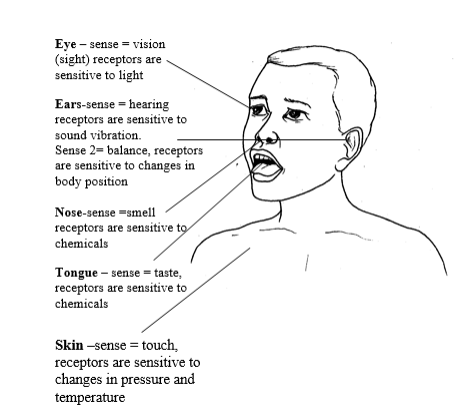
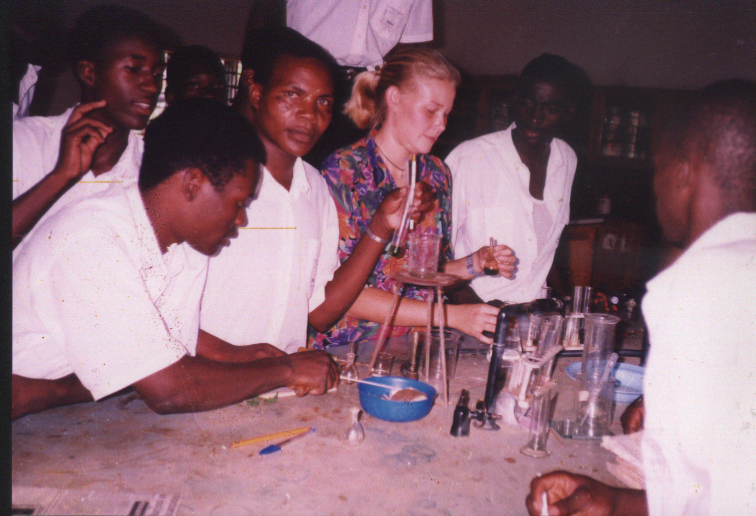
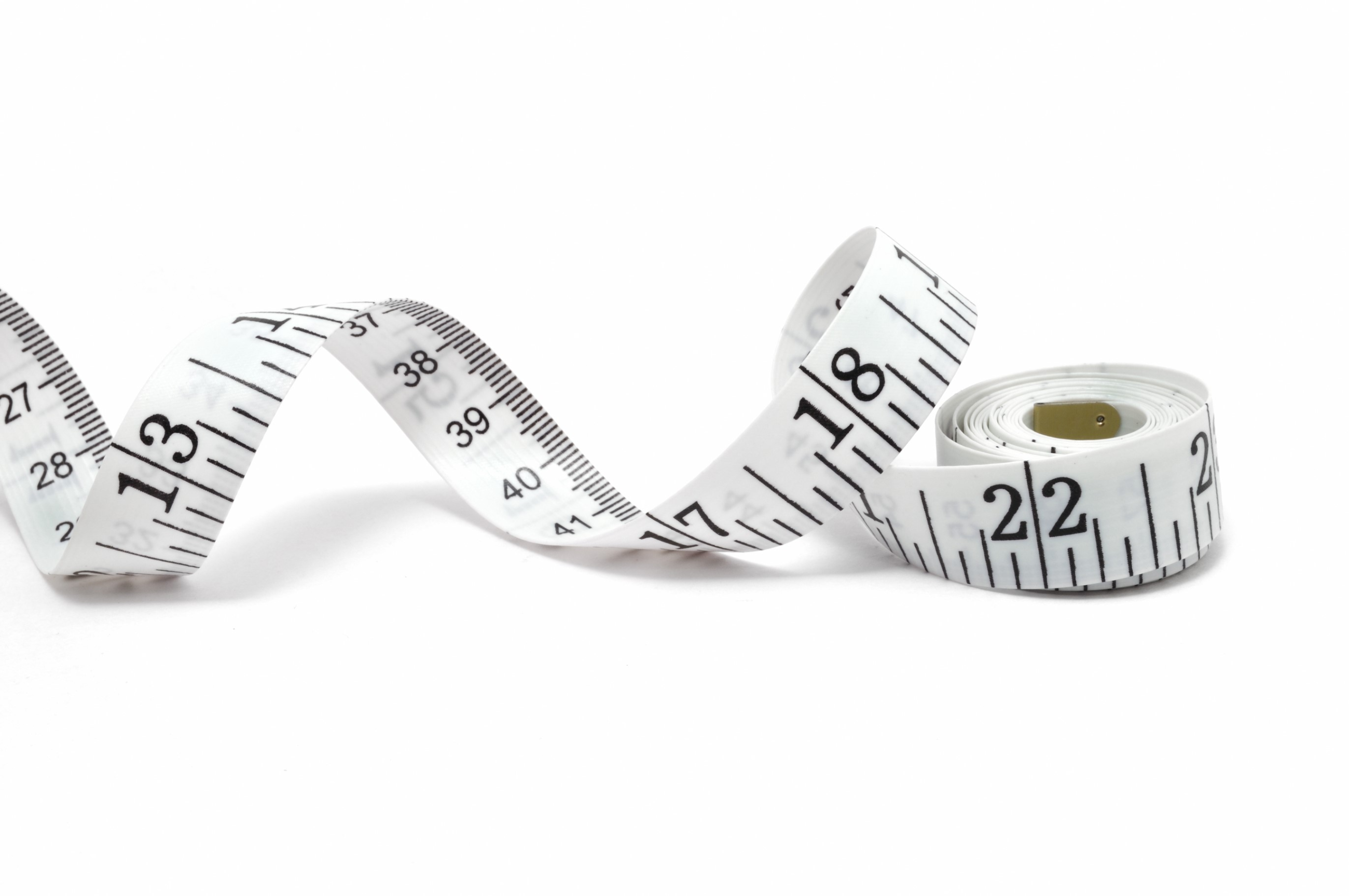
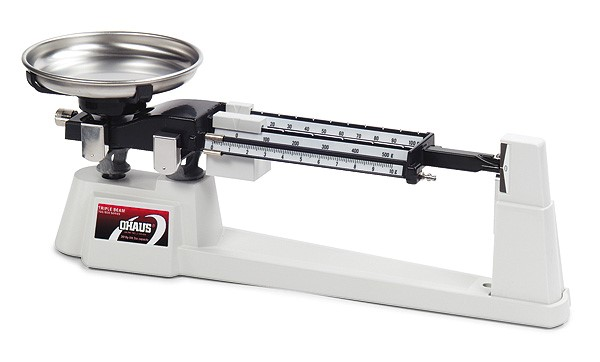
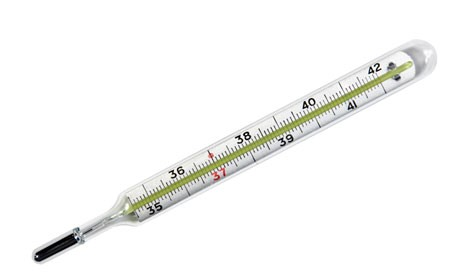
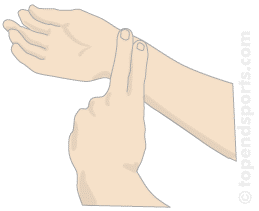
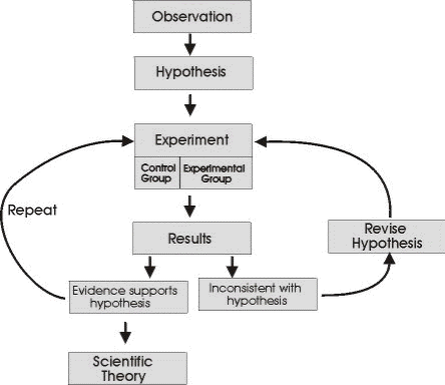

2 Comments
I like your notes it's really amazing
The real meaning of blogging